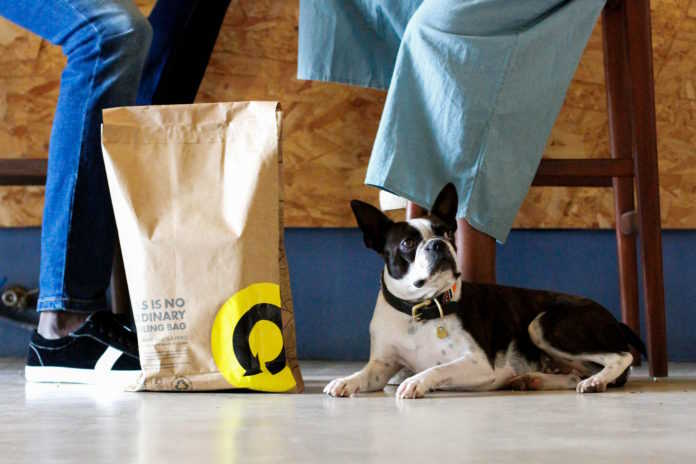
Expert Pargo shares a few surprising thoughts
Cape Town – As the click & collect delivery option becomes more popular, so technology needs to keep pace with customer expectations.
Already a juggernaut in Britain, where research indicates the model will account for almost 11% of all UK online sales by 2025, click & collect has also taken off in South Africa with many major retailers now offering the service.
Ordering online and picking up goods at a dedicated collection point has found favour as a convenient delivery method which is tailor-made for people’s lifestyles – and the trend shows no signs of slowing down.
But as Shaunei Gerber, Product Marketing Manager for South African click & collect specialist Pargo points out, smart last-mile delivery technology is crucial if the model is to be effective.
Such technology can address vulnerabilities in the click-and-collect chain by improving the efficiency, speed and accuracy of the delivery process,” she says.
Some of the ways it can assist include:
- Detailed tracking and monitoring: The tech can provide accurate tracking and monitoring of deliveries, allowing retailers and customers to track the progress of orders and receive updates on delivery times. This can help to reduce the risk of lost or delayed orders and improve the overall customer experience.
- Predictive analytics: It can use predictive analytics to optimise delivery routes and schedules, reducing the risk of delays and improving delivery times. By analysing data on patterns, nationwide conditions and other factors, smart delivery tech can ensure that deliveries are made on time and with maximum efficiency.
- Automated delivery systems: The tech can also incorporate automated systems and processes to improve the efficiency and accuracy of deliveries. These systems can help reduce the risk of human error and ensure that deliveries are made quickly and reliably.
Gerber says it is not in dispute that existing click & collect systems have their weaknesses.
For instance, limited collection points can be inconvenient for customers who may have to travel long distances to pick up their orders.
Another problem many retailers face is a limited range of delivery options, something that can be extremely frustrating for customers who may prefer to collect at a specific delivery time or location.
Inefficient processes such as manual order processing and communication can also hurt a business badly, as these often result in delays and errors.
Arguably the worst of the bunch is a lack of transparency, which makes it difficult for customers to track their orders and understand the status of their delivery.
Gerber says Pargo’s tech addresses these weaknesses by leveraging its network of pickup points, offering flexible delivery options, streamlining the order fulfilment process and providing detailed tracking and communication.
A large part of this process is constantly analysing collection time and accuracy, monitoring order volume and sales data and calculating return on investment.
“By regularly reviewing and adjusting the service based on these metrics, retailers can make sure it is meeting customer needs and contributing to business growth,” Gerber says.
Click & collect technology continues to evolve of course, so retailers need to always be on the lookout for the “next big thing” in the industry. Basically, if it will make the lives of customers easier, it will need to be implemented.
Pargo is already eyeing the future in this regard. Living tracking, a consumer-facing app that enables anyone to send a parcel from a pickup point, and cash on collection are just some of the innovations in the pipeline.











